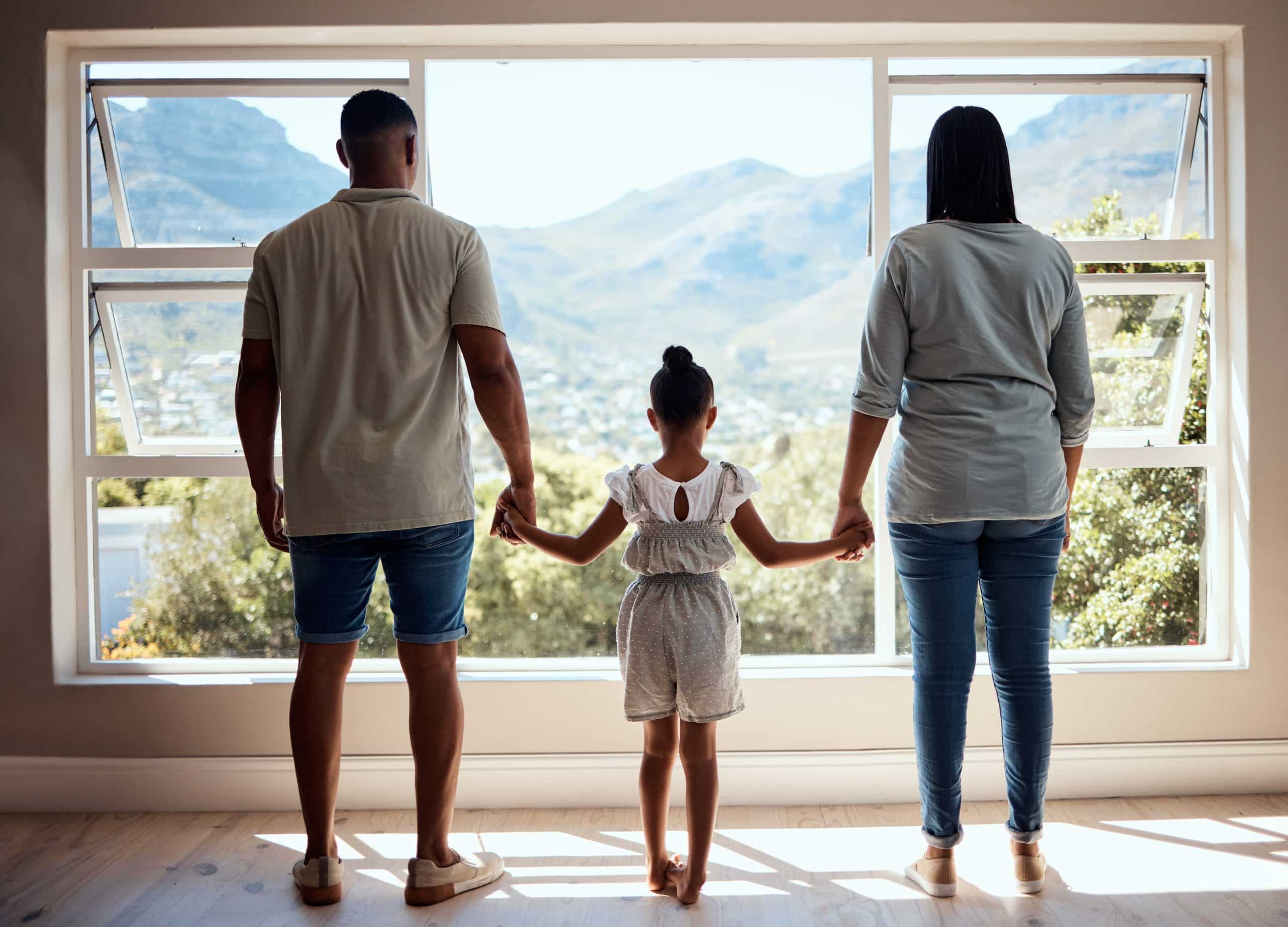You’ve recently become parents and now the entire perspective of your household has changed. Everything is about your baby. And when it comes to ensuring the safety of your child, there’s no room for compromise. You’re eager to make your home a safe haven, especially with your open-plan living space. But how do you go about it? How do you childproof your home effectively, ensuring it is reliably safe for your precious one? Let’s dive in and explore together.
Start with Baby Proofing the Doors
Doors serve as gateways to other spaces within your house, and they can pose a significant risk to your child. Children are naturally curious and will want to explore. However, their lack of understanding about possible dangers can lead to unfortunate accidents.
Lire également : What are the best ways to integrate a modern kitchen into a UK listed building?
Start by installing door locks and door stoppers. These will prevent your child from accessing areas of the house that might pose danger. Door locks will also keep your child safe by preventing them from accidentally locking themselves in a room. Door stoppers, on the other hand, will prevent doors from slamming shut, which can potentially injure your child’s fingers.
Next, consider door knob covers. Children are smart and can quickly figure out how to open doors. Knob covers make it difficult for your child to turn the knob, thereby restricting their access to certain rooms. Choose covers that are robust enough to resist a child’s strength but easy enough for an adult to remove in case of emergencies.
A lire également : What are the best solutions for maintaining a healthy indoor climate in UK homes without air conditioning?
Furniture and Safety Products are Crucial
Furniture and other household items may seem harmless, but to a child, they are a playground filled with potential hazards. Furniture with sharp corners, unstable structures, or movable parts can cause injuries. And let’s not forget about the dangers that can come from climbing on the furniture.
To begin with, anchor heavy furniture to the wall. This will prevent them from toppling over if your child decides to climb. Then, safety products such as corner protectors will keep your child safe from sharp edges on furniture. Some furniture might have small, detachable parts that pose a choking hazard. Make sure to remove these parts or secure them tightly.
It’s also advisable to secure electrical appliances and gadgets, as children might be tempted to play with them. Use safety straps to secure TVs and other heavy appliances. For smaller gadgets like phones and remotes, keep them out of reach or in locked drawers.
A Safe Room is a Child’s Best Friend
A safe room for your child is an essential part of childproofing your home. This room should be a haven where your child can play freely without you worrying about potential hazards. It’s also an ideal space for when you need to leave your child unattended for a few moments.
Start by removing any hazardous objects from the room. This includes small objects that pose a choking hazard, items with sharp edges, and any toxic substances. Then, consider the flooring. Soft, non-slip mats can prevent injuries from falls and provide a comfortable surface for your child to play on.
Make sure the furniture in the room is child-friendly. This means no sharp corners, and everything should be stable and secure. If the room has windows, make sure they are locked or secured with window guards to prevent your child from falling out.
Stay Vigilant and Regularly Assess your Home
Childproofing your home effectively requires continuous effort. As your child grows and learns new skills, their capacity for getting into dangerous situations also evolves. What was once safe may not be anymore when your child learns to climb or open drawers.
Maintaining a child-safe home isn’t a one-time process. It involves regular assessment of your home and updating safety measures as needed. Be vigilant in spotting new potential hazards, such as loose cords, accessible cleaning products, or new furniture.
Consider your child’s perspective. Get down on your hands and knees to view your home from your child’s vantage point. This can help you spot hazards that you might overlook from an adult’s perspective.
The Bottom Line
Your home is a safe haven for your family. With a little planning and continuous effort, you can create a safe, enjoyable environment for your child to grow and explore. Remember, childproofing is an ongoing process, not a one-off task. It’s about accommodating your child’s continual growth and curiosity. With these measures in place, you’re well on your way to making your home a truly child-friendly space.
Essential Babyproof Gadget: Cupboard and Drawer Locks
A significant part of childproofing your home involves securing your kitchen and your storage spaces to ensure that harmful substances or small objects remain out of the child’s reach. This is where cupboard locks and drawer locks come in handy. These safety products are designed to keep inquisitive young children away from potential hazards.
Cupboards and drawers often store cleaning products, sharp tools, or small objects that pose choking hazards. Installing safety locks on these storage spaces is an effective way to prevent your child from accessing potentially dangerous items.
These locks are easy to install, yet robust enough to withstand a child’s tugging and pulling. They come in various types, from magnetic locks to spring-release locks, so you can choose what suits your home best. Some locks provide a visual cue that the cupboard or drawer is locked, while others offer a discreet design that doesn’t affect the aesthetics of your home.
Remember, even with locks installed, it’s important to be aware of where you store hazardous items. Always keep cleaning products, medicines, and sharp objects in high cupboards, even if they have locks.
Securing Windows and External Doors
Windows and external doors can pose a significant risk for young children, especially if they can be easily opened or if they lead to risky areas, like a busy street or a swimming pool. The first rule in baby proofing these areas is to never underestimate your child’s ability to reach and open doors and windows.
For windows, consider installing window guards or stoppers that prevent the window from being opened wide enough for your child to fit through. Also, ensure that all blinds and curtain cords are out of reach to avoid strangulation risks. For windows that are low to the ground, you may want to consider reinforced glass or safety film to prevent accidental breakage.
As for external doors, safety locks and knob covers can be very effective. Much like your internal doors, consider installing locks that are out of reach of children, or knob covers that make it difficult for a child to turn the door handle. For sliding doors leading to areas such as a balcony or garden, ensure they have childproof locks installed.
Remember, Childproofing is a Continuous Process
The ultimate goal of childproofing is to create a safe, nurturing environment where your child can explore and grow without facing unnecessary risks. However, keep in mind that what works now might not work in a few months. As your child grows and develops new skills, you’ll need to reassess and adjust your childproofing measures.
This is why it’s essential to regularly review your home for new potential hazards. Be proactive in identifying risks and addressing them promptly. Remember, child safety is about more than just installing locks and barriers. It’s about creating a baby lifestyle that prioritizes safety and encourages exploration within secure boundaries.
So, stay vigilant, keep reassessing your home, and adjust your safety measures as needed. Childproofing is an ongoing task, but with the right approach and the appropriate safety products, you can turn your open-plan living space into a safe and enjoyable environment for your child to grow and explore. After all, a childproof home is a proof home where children and parents can enjoy peace of mind.






